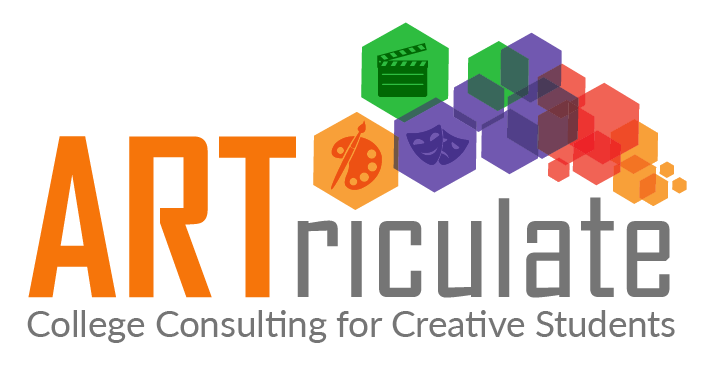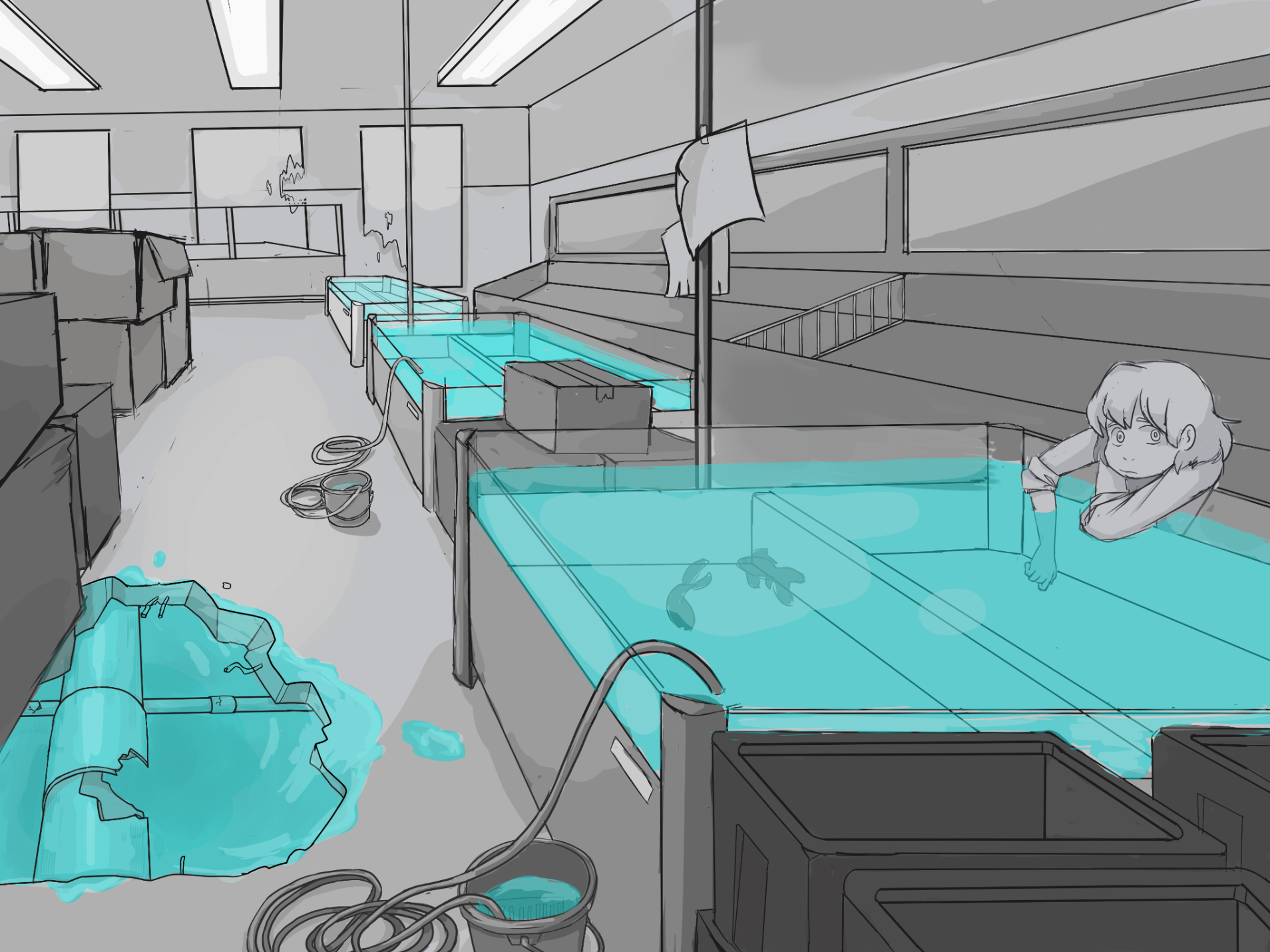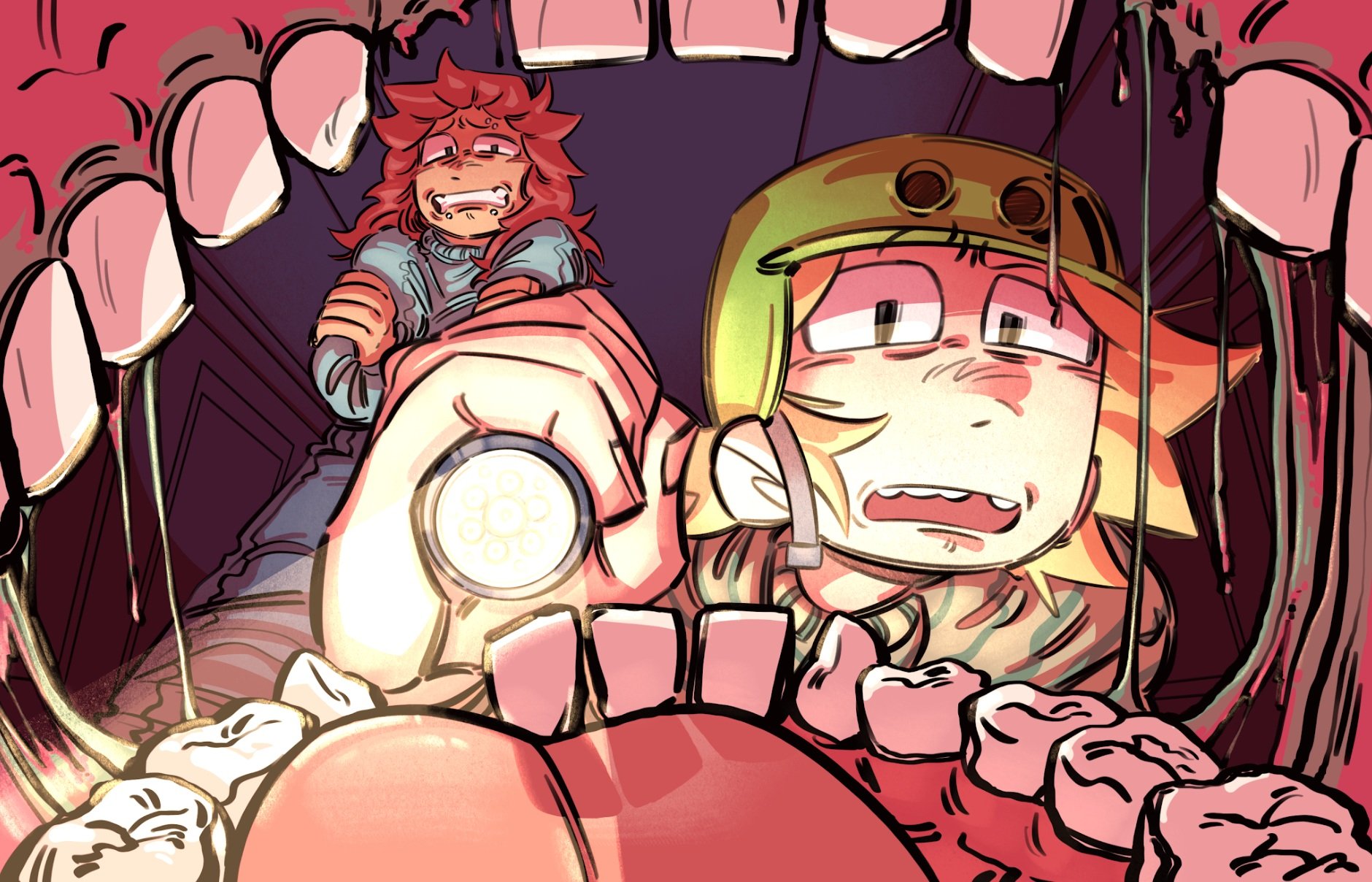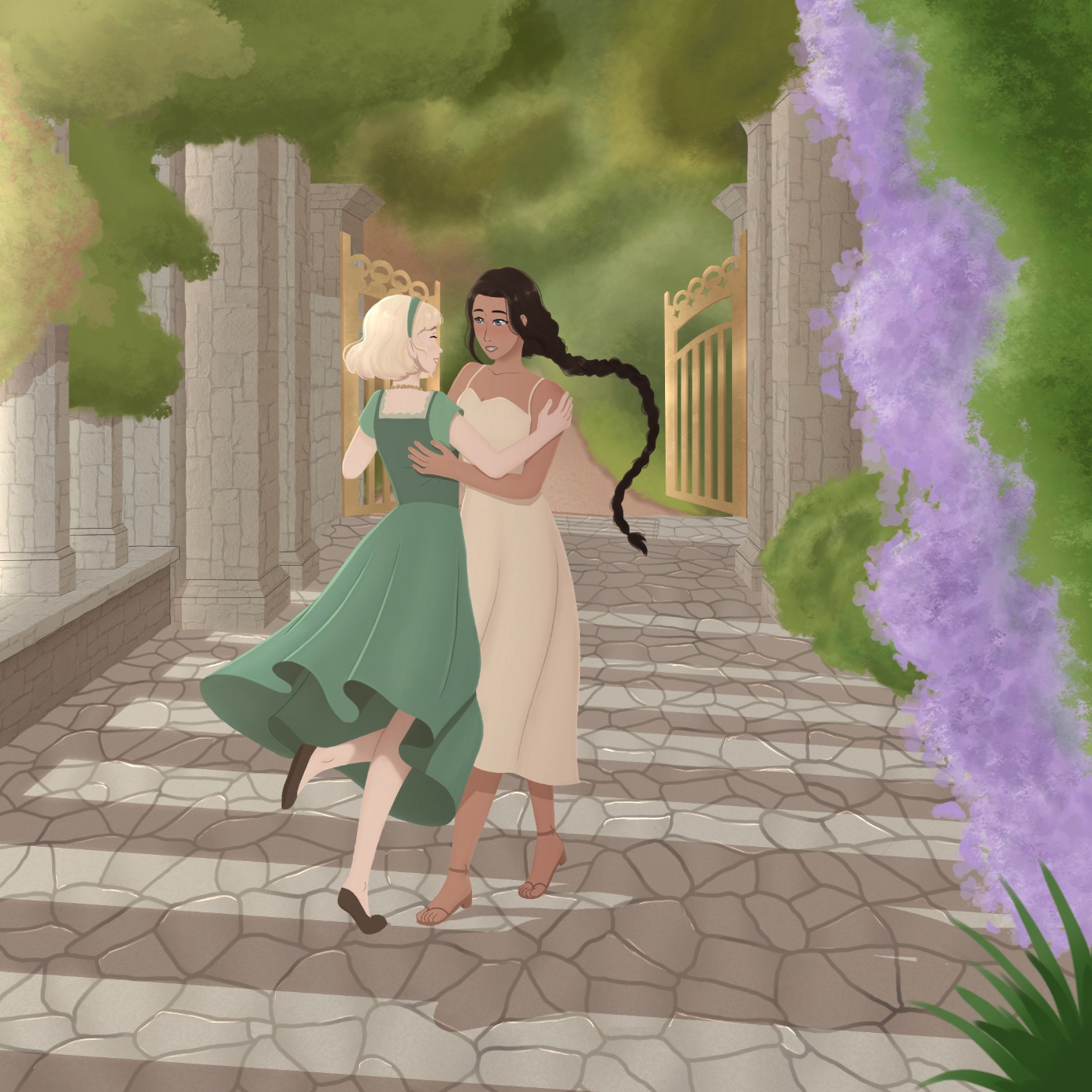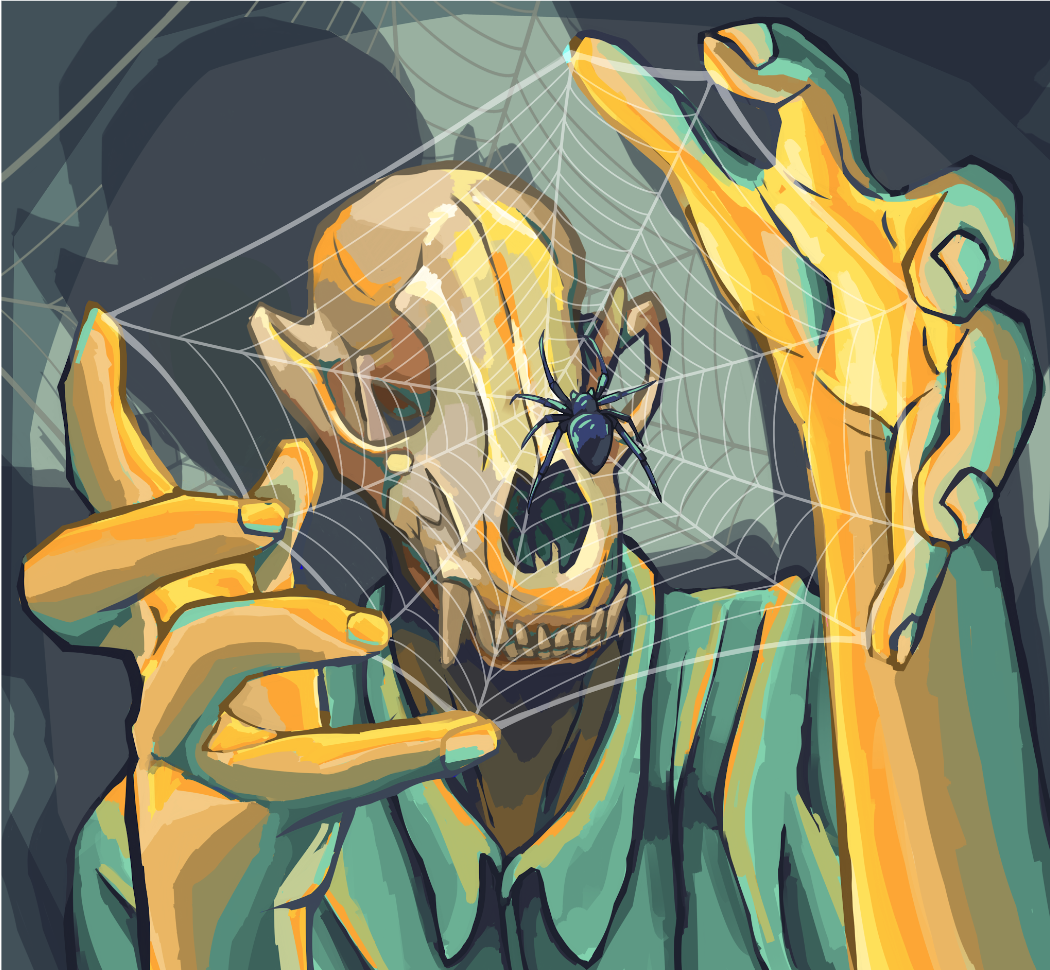Concept Design, 2D and 3D Animation, and Stop Motion
We work with many animation students so we thought a short explanation of the differences between concept design, 2D and 3D animation, and stop motion would be helpful. Concept design involves creating initial ideas and visuals for characters or for the whole story, while animation (and stop motion) brings those concepts to life with movement and storytelling, in either 2D or 3D drawn formats, or 3D sculptural formats for stop motion.
A concept designer develops the all the aspects which bring a character or story that does not currently exist to life. This can be the character, the scenario, the rules (for games), the visual feeling, the music, and all the components required to make that character come to life. In short they are responsible for the "story" and all the collateral that goes along with that character and the world in which they live. They work often in animation, gaming, and graphic design. College for Creative Studies offers a Concept Design BFA major and Ringling offers a similar Entertainment Design BFA. Concept design is an interesting field of study for students who are big picture thinkers but who want to also direct all the minutia of bringing a new artistic idea to life.
When concept design is associated with animation it articulates and sketches the story and the details that the animator then creates. Which brings us to discuss the differences between 2D and 3D animation. Animation overall is the creation of a sequence of drawings that bring motion and life to a character, or story. The difference between 2D and 3D animation lies in the technique and tools that are used.
When we think of 2D animation we probably envision "old time cartoons" like the Jetsons, Flintstones or even SpongeBob Squarepants (TV show, not the recent movie which is in 3D), whereas Toy Story, Shrek and almost every other recent animated movie is 3D. In 2D animation the characters are drawn on a flat plane considering only height and width, whereas 3D animation adds the dimension of depth and is created using computer generated imagery (CGI). 2D is traditionally hand drawn animation, where the animator draws each frame, though there is also software available to create 2D animated films. Some students don’t like the “tedium” of drawing incremental movements to create 2D animation, others enjoy the aesthetic of 2D that many argue is difficult to duplicate in 3D.
3D animation is often conceived by hand and then the frames are subsequently created by computer animation software. Some students don’t like the digital/CGI aspect of 3D animation and prefer to draw by hand. For students interested in 3D it would be beneficial to have some technical training in addition to drawing and illustration skills as much of creating your animation will be using CGI. Some programs such as RISD’s Film/Animation/Video BFA and Chapman’s Animation and Visual Effects BFA provide curriculum that intentionally include components of film, other schools such as the School of Visual Arts Animation BFA and CalArts Character Animation BFA adhere to a more traditional interpretation of animation. Most animation BFA programs have coursework in both 2D and 3D.
Stop Motion animation, is what you may have seen as claymation, the most famous of which is Wallace and Gromit about an inventor (Wallace) and his dog (Gromit). It involves creating characters and scenes from a physical substance and moving them incrementally as the camera stops and starts as the film is created. A few schools offer programs which include Stop Motion, RIT’s Film and Animation BFA and MICA’s Animation BFA incorporate stop motion in their program which also offers 2D and 3D coursework.
Concept design and animation are fantastic fields for students who want to tell sequential and detailed stories about their characters and the lives they live. Successful applicants for the top animation programs are great story tellers, and their artwork shows the time, place and environments in which their characters live. Here are some images submitted by students who have worked with us and who are attending some of the top animation programs in the US: Ringling, School of Visual Arts (SVA), Rhode Island School of Design (RISD), Savannah College of Art and Design (SCAD), and Tufts/School of the Museum of Fine Arts (SMFA) for a BFA/BS in Computer Science.
